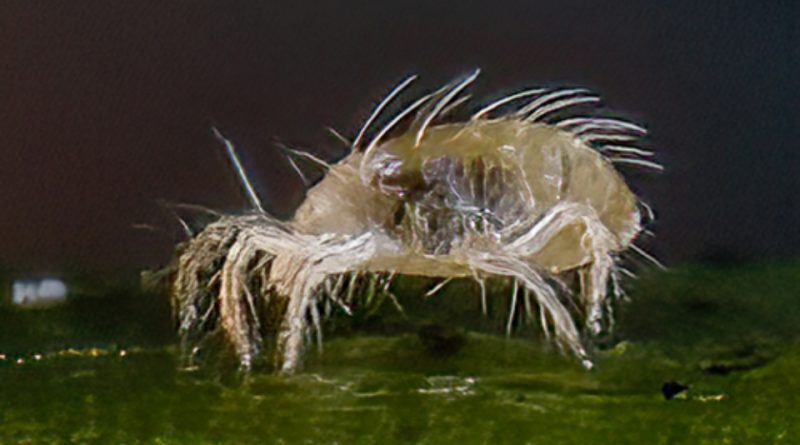Tetranychus urticae
Tetranychus urticae
The red spider (T. urticae; T. telarius, E. althaeae) is a polyphagous mite, which infests many vegetables, ornamental and herbaceous tree plants and most of the fruit plants.
Systematics –
From a systematic point of view it belongs to the Domain Eukaryota, Kingdom Animalia, Sub-Eumetazoa Suborder, Phylum Arthropoda, Class Arachnida, Order Acarina, Family Tetranychidae and then to the Genus Tetranychus and to the Specie T. urticae.
Geographic Distribution and Habitat –
The Red spider is a highly polyphagous and cosmopolitan species that easily spreads in the wind. In optimal conditions, it reaches a high population density with considerable damage in all parts of the world where it is present.
Morphology –
The Tetranychus urticae is a small mite, a polyphyllant plant that attacks different types of plants. The adult is small, the female measures approximately 0.5mm, while the male is smaller (about 0.3 mm) and slimmer, with predominantly red color (almost all wintering females) also if it can take a green-yellow color.
Attitude and biological cycle –
The adults of Tetranychus urticae winter in the soil between organic residues and near the fields and host plants; they can also spend the winter period in the cancers and among the wounds of the shrub and tree plants. An adult female of red spider can produce from 10 to 20 eggs a day, with a total deposition, along the life cycle, of 90-120 eggs; these are laid in a cloth produced by adults covering the leaves. The life cycle of an adult is about 25-32 days. The larvae hatch, depending on the temperature, from 3 to 15 days. Before arriving at the complete mite stage they pass through three other stages. The attacks of this small mite that can be very strong in the summer (with high temperatures and humidity), decrease with low temperatures around 10 degrees and in periods of rain. In optimal conditions you can have from 8 to 10 generations a year (with an increase of these in the greenhouses where you have the greatest damage). For the containment of the Tetranychus urticae populations, some agroecological measures can be followed.
Ecological role –
The main activity of Tetranychus urticae is mainly focused on the consumption of lymph at the expense of the softer foliage and stems. The attack is mainly located on the lower page of the leaves, initially visible white dots that extend gradually with the action of the red spider. Following this activity the leaves progressively show discoloration due to loss of pigment and chlorophyll, with consequent loss of photosynthetic capacity that leads to the death of the leaf. Necrosis, desiccation and detachment from the plant are thus manifested. An uncontrolled attack coupled with a favorable climate can lead to plant death. In the natural conditions, where the use of pesticides, agronomic techniques and wrong fertilizations, have not unbalanced the ecological relationships with the other organisms, the Tetranychus urticae is regimented by natural enemies such as: Phytoseiid Acari of the genera Phytoseiulus Amblyseius and Neoseius, Rincoti Antocoridi del genus Orius, Tisanotteri (Aeolothrips intermedius), Ditteri Cecidomidi and Coleoptera Staphylinidae (genus Oligota) and Coleoptera Coccinellidae (Stethorus punctillum).
Guido Bissanti
Sources
– Wikipedia, the free encyclopedia.
– Laffi f., 1983. Agricultural mites. Publishing Librarian University Cooperative. Bologna.
Photo source: https://www.inaturalist.org/photos/210417572


You’re using a photo of an Anystidae – Anystis sp. mite to illustrate an article about Tetranychidae – Tetranychus sp. mites. I don’t know how you managed to confuse them as they look very different in both shape and size, but you have indeed done so.
Thanks for reporting, we have corrected the image; there was an error in the image database.